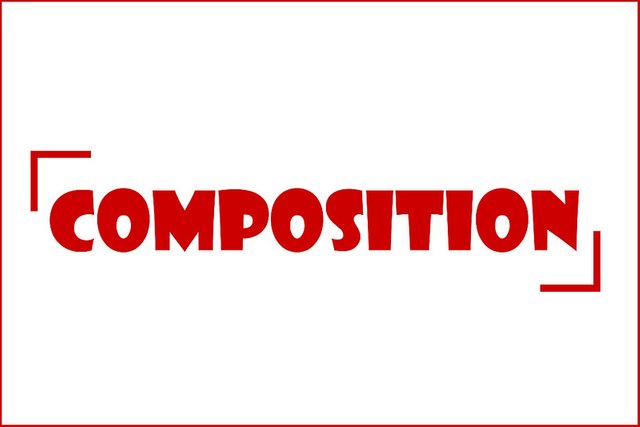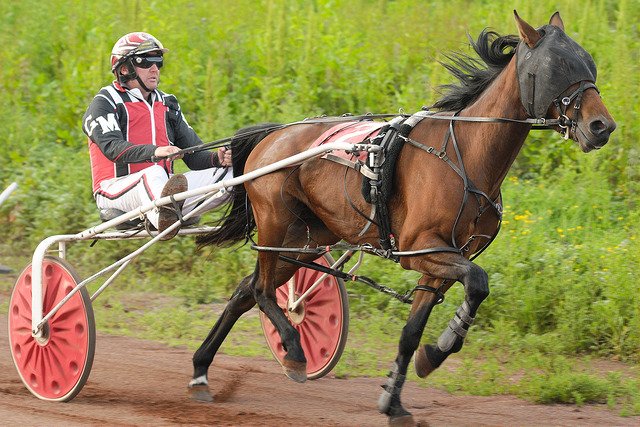Composition - the easy way to take your photos to a different level
Part 3.
Composition.

Let's just get right down to the nitty and the gritty of photography.
Every course or guide about photography says the same thing at this point.
It will mention rule of thirds, lead in lines, using natural framing etc.
All important and worthwhile things but all areas that will take you a little bit of time, trial and error to understand and master.
Rather than do that I'll give you one piece of advice that will improve your photographs immeasurably right away.
And this can be done with any type of camera and this is what sets those serious about making great images apart from those who simply possess a camera.
There's a quote that I always loved that is attributed to the famous Hungarian war photographer and photojournalist Robert Capa.
He said
"If your photos aren't good enough - you're not close enough"
In other words...
Fill
The
Frame
That's it.
Fill the Frame.
Simple as that.
Photography is a reductive art form.
Meaning that images tend to work better when they are simple and have less fussy things going on.
You need to learn to look at your subject and decide what is important in your image and what isn't.
If you include more of what's important and less of what isn't you'll make better photographs.
In practice how you do this is by moving closer to your subject or using a lens with a longer focal length or by zooming in.
Couple of examples for you.
If you've read my other posts then you will know that I have a background in photographing concerts and performance.
There are times when it can be easy and times when your really need to work at it to get something interesting.
This photo was from one of the latter times.

This was a band called Fur Hood. An enjoyable indie guitar, Korg, drums 3 piece.
Musically pleasant but not really that interesting to photograph as they didn't move around a lot or really do anything.
I was using my 50mm lens and had opened the aperture up full as it was a bit dark.
I just moved in close and framed the guitarist in the middle, making sure not to cut off his hands, his elbow and shoulder don't matter here.
Also I tilted the camera a little to the left as I was getting lens flare.
Notice that the point of interest is bang in the middle of the frame.
But notice too that there's a third on the left of flare, a third in the middle with the action happening and an empty third on the right.
I have always loved shooting action photographs and used to go to see Harness Racing a little track near me.

It was tricky at first trying to photograph this sport, sometimes the weather was the real challenge.
I found that getting tighter photos created more drama.
and notice that this isn't perfect, I've lost a little of the leading hoof of the horse but I managed to retain a little motion blur to give a sense of movement.
Ideally you want to frame this in camera and you should always aim for that but occasionally you may need to crop it afterwards.
Filling the frame doesn't mean sticking the subject slap bang in the middle.
Sometimes it can make sense but it quickly becomes boring.
Look for different angles or points of view.
Try stuff out and do not be afraid.
It probably won't work and will continue not to work until very suddenly it does.
You will find that your job is made a lot easier when using a longer or telephoto lens
This is easier to do when using a DSLR, a decent compact or similar.
Smartphones tend to have wide angle lenses which means you need to physically move closer to your subject in order to fill the frame.
If you have gridlines on your viewfinder or on your screen switch them on.
It helps with framing things and to keep horizons and verticals straight - or to skew them on purpose.
One thing I always do before taking a photo is to roll my eye around the edges in the viewfinder and ask myself "is this interesting and will anyone care about this?"
If I can't answer or the answer is "No" I don't take the photo and will either move and change my composition or wait for the right moment.
Something to be mindful of is distracting elements in the background of your photos.
Don't have trees coming out of people's head or lamp posts or electricity pylons.
To conclude, learn how to fill the frame first.
All of the other composition techniques are still valid but are harder for a newbie to pick up.
When you learn to fill the frame first all of the other methods start to make sense.
Look at the work of other photographers, look at the work of artists and watch how scenes are set up and framed on TV or in Movies.
See where they put the points of interest and see the techniques of how they draw your eye towards that point of interest.
To end this post I'm going to give you a task.
A little challenge.
Go and make some photos with your subjects filling the frame.
Take portrait photos where you've gone in close.
If you are the subject, take 1 step forward.
Make a series.
Put your subject on the left, in the middle and on the right.
It could be of family, it could be your children, it could be your dog.
Try to get at their eye level and photograph them from there.
Don't be afraid of cutting the tops of your subjects heads off.
If you lose someone's feet in a photo you should go all in and lose their knees as well.
Afterwards compare your photos.
Which one turned out to be a more pleasing arrangement to you?
You can check my previous posts too:
https://steemit.com/tutorial/@andrewmckenna/choosing-film-for-your-camera